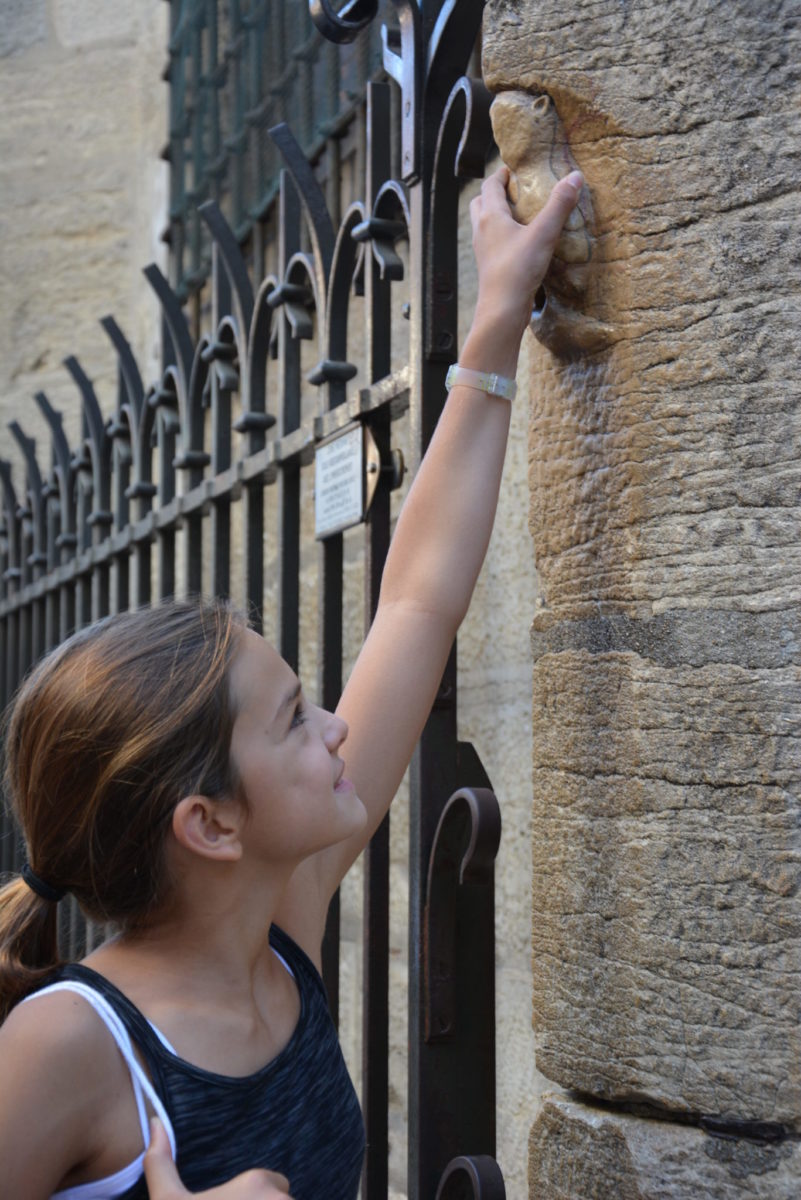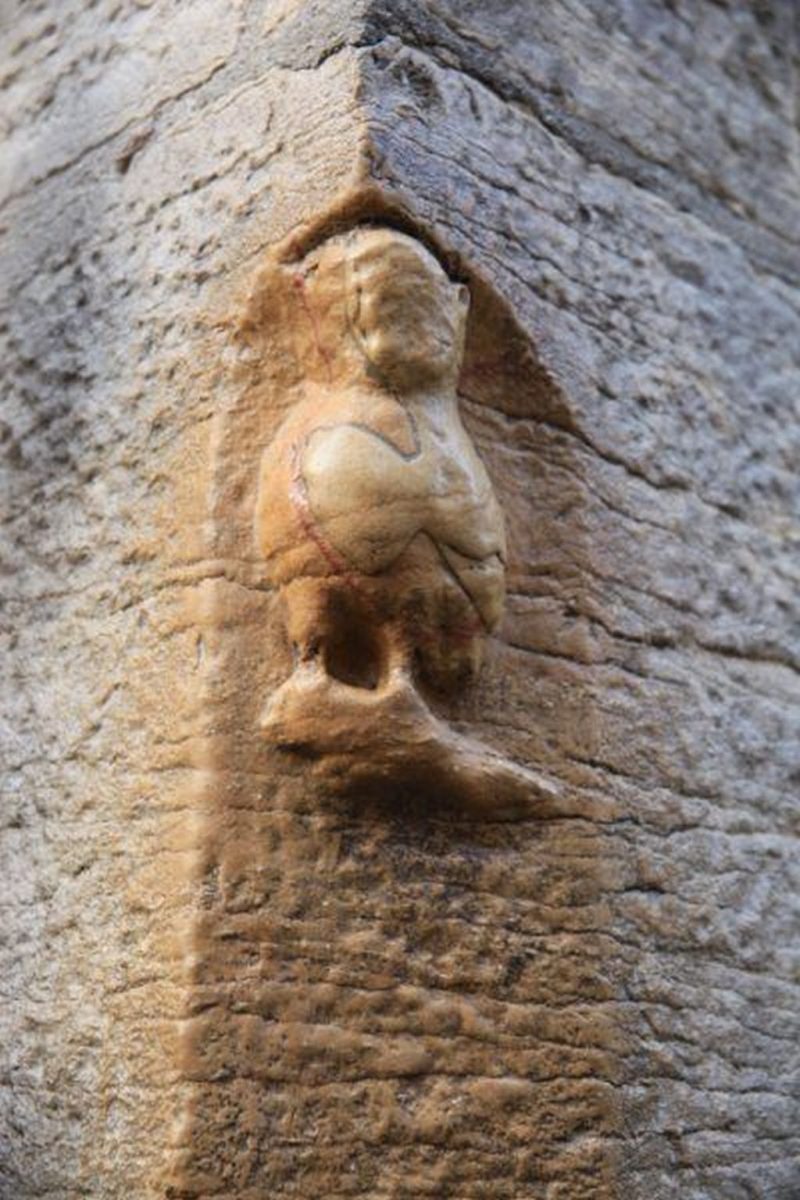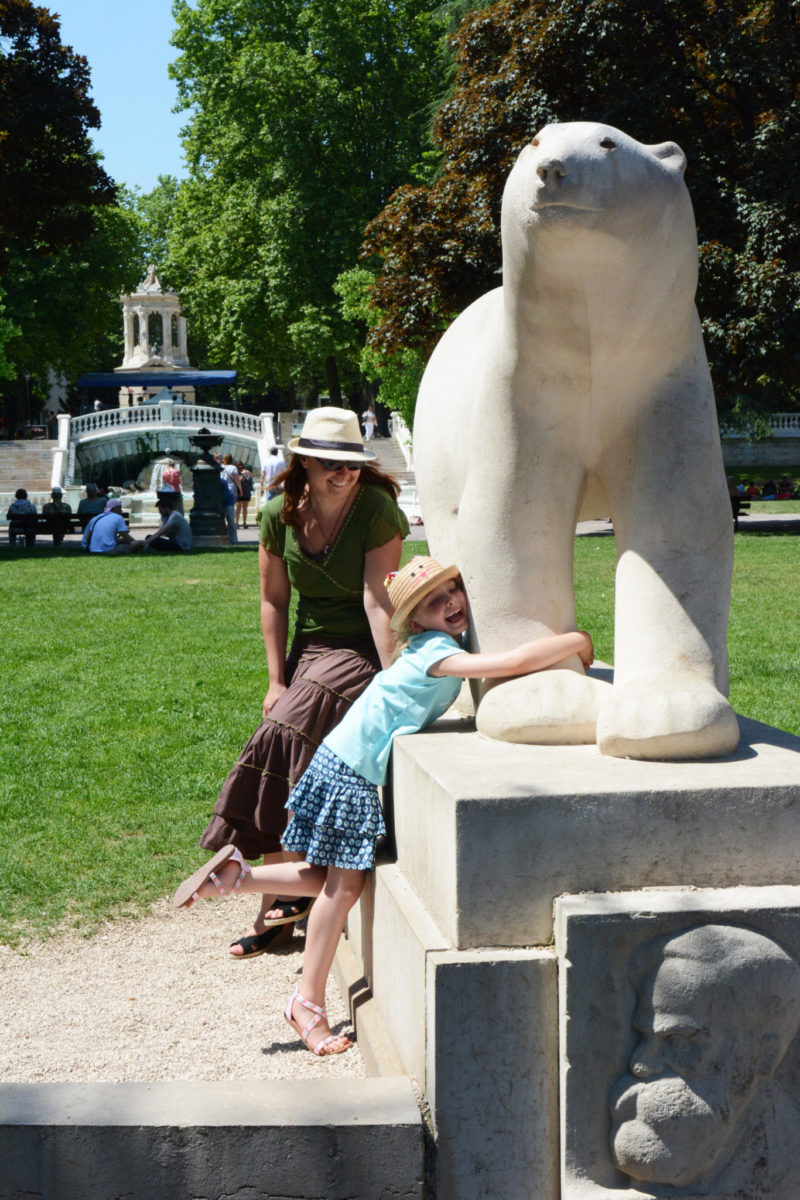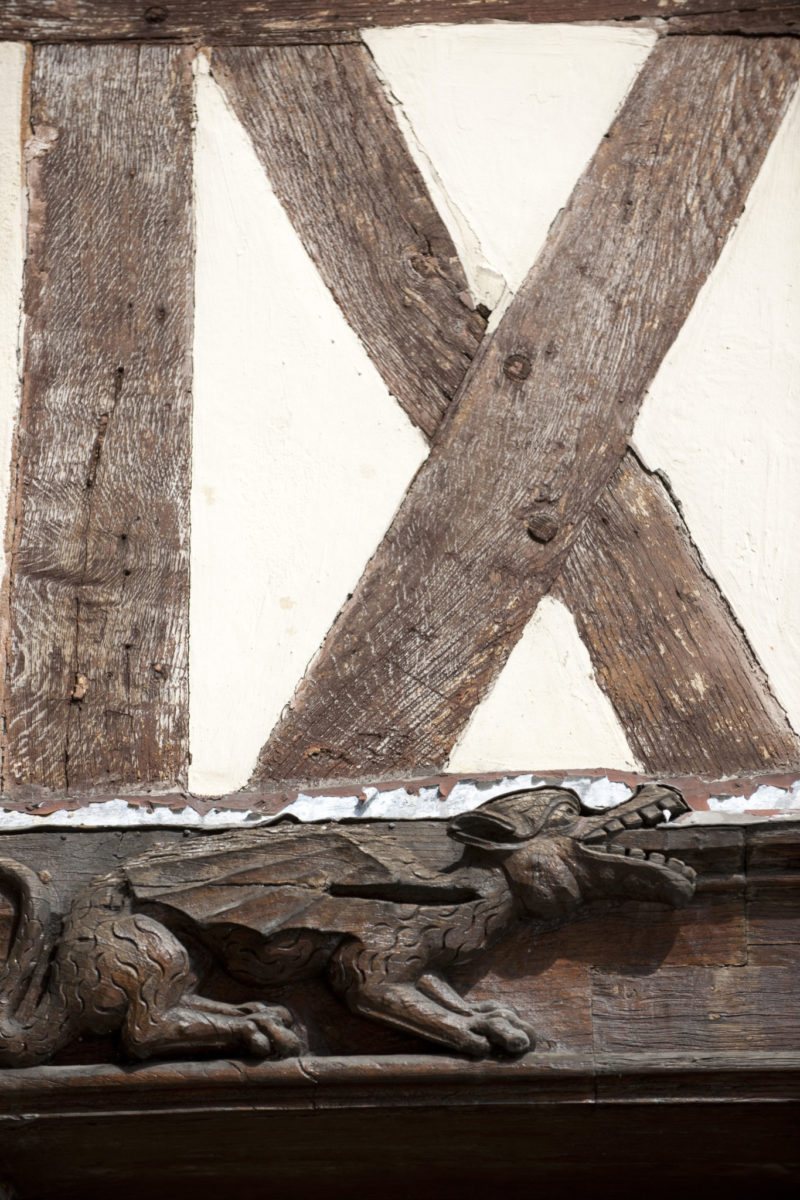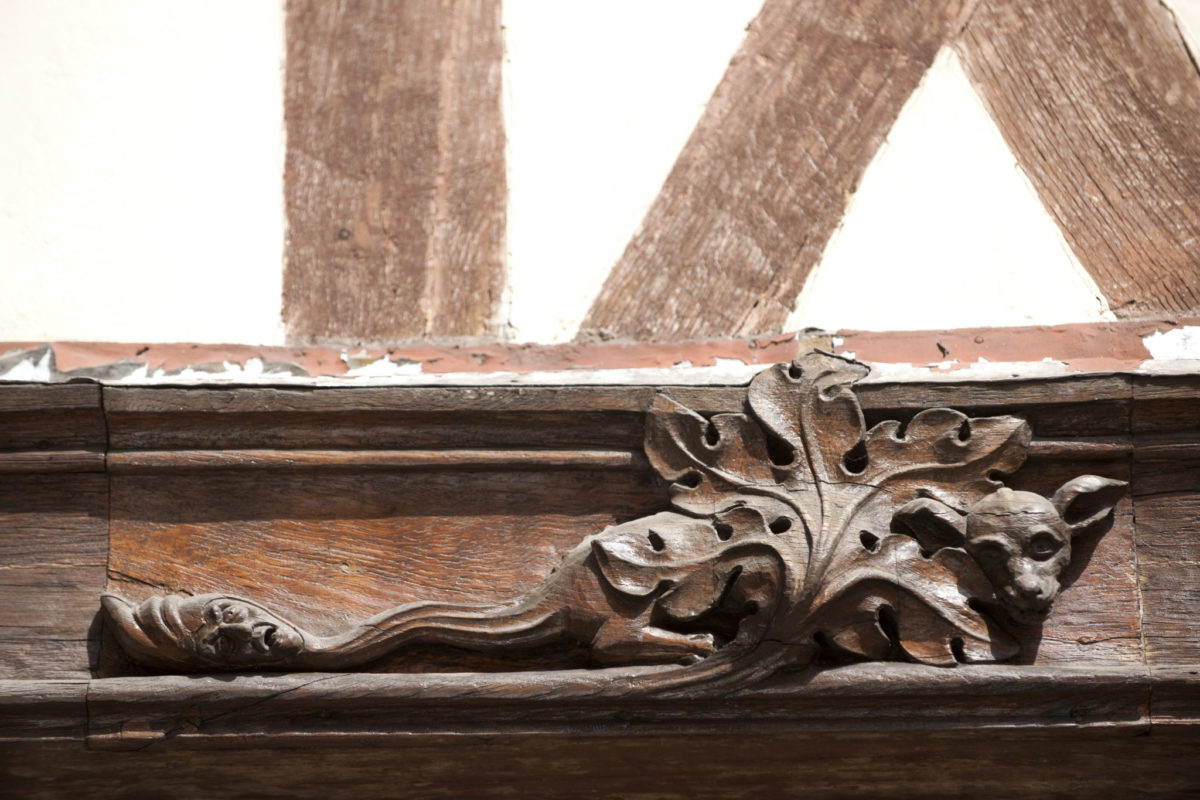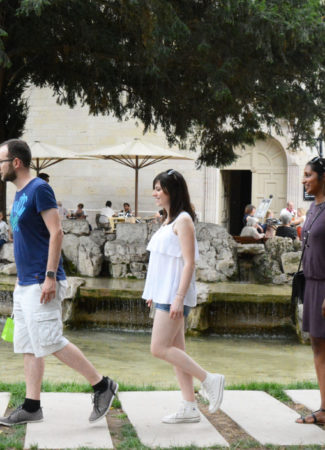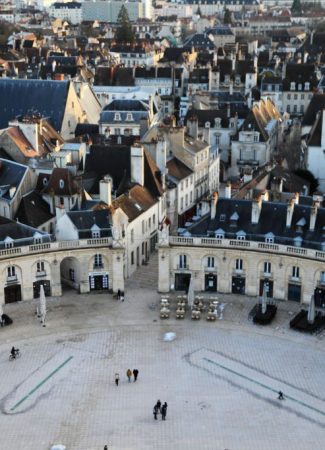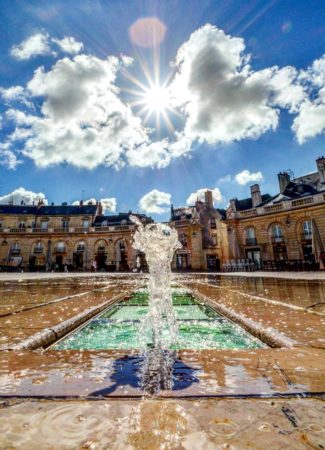Visitors walking in the streets of Dijon are sometimes surprised to come across some rather strange creatures! The Burgundy capital has built up some strong religious and fantastical bestiary as well as more contemporary examples. Although the owl is the most famous animal here, the city is also home to the Pompon bear and the fascinating wyvern.
The owl, the totem animal of Dijon
The owl remains the favourite animal of the city of Dijon. The owl statuette clinging to a chapel wall of Notre-Dame church is thought to date back to the late 15th century.
Many believe it represents the Eurasian Eagle-Owl (“grand-duc” owl in French), recognisable by the pointed ears of its aristocratic silhouette. Could this be a reference by the stone carver to the dukes of Burgundy? Others say it is a Little Owl, also known as the “Owl of Athena”, the symbol of wisdom.
Whatever it stands for, the little sculpture of the nocturnal bird is a popular feature in Dijon, as you can tell by the wear of the stone. Visitors to Dijon habitually come to stroke the owl with their left hand, in the hope that their wishes will be granted. Hence, the owl has become the symbol used by the tourist office to mark the pedestrian itinerary followed by tourists around the historical centre. The triangular ground plates engraved with owls lead visitors to the main sights of Dijon.
The Pompon bear in Darcy Park
François Pompon, the famous sculptor behind the white bear known as the “Pompon bear” was an artist from Burgundy. In 1870, he left his birthplace, the village of Saulieu in the department of Côte-d’Or, for Dijon where he became a stone carver apprentice. He followed evening classes at the School of Fine Arts before joining Auguste Rodin’s studio in 1890.
The artist is famous for the innovative style and marked simplicity of form in his animal sculptures. A replica of the bear was produced in 1937 and installed in Darcy Park as a tribute by the city of Dijon to the artist who had died in 1933. The original, sculpted by Pompon in 1922 for the Autumn Fair in Paris, is still at the Orsay Museum.
The Wyvern and the Fontaine d’Ouche district
Walking in the park named Combe à la Serpent, a wooded valley that’s very popular among the people of Dijon, your path might cross that of the Wyvern. In the 10th century, the site was entirely covered by a forest where, as legend goes, the Wyvern hid among the rocks and bathed in the springs of the Fontaine d’Ouche sector.
The Wyvern is a strange beast, a snake-woman with the wings of a bat. Her particularity is that when she bathes, she leaves on the riverbank the precious stone normally worn on her forehead. This popular belief was deeply rooted in the rural areas of 19th-century Bourgogne–Franche-Comté. The Wyvern, the legendary character from Marcel Aymé’s novel of the same name, has become the emblem of the Kir lakeside district.





